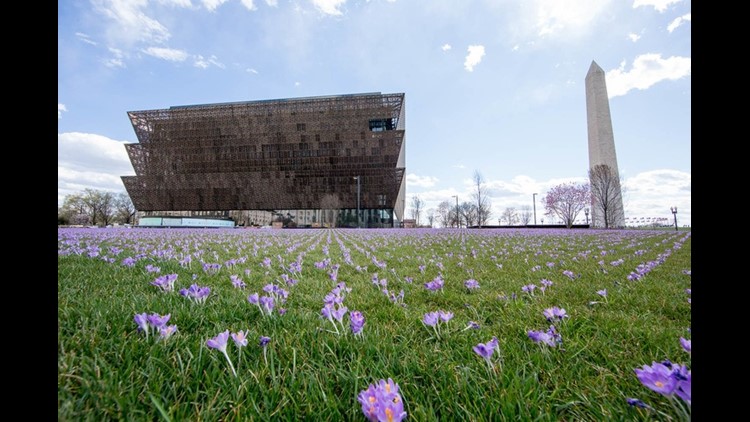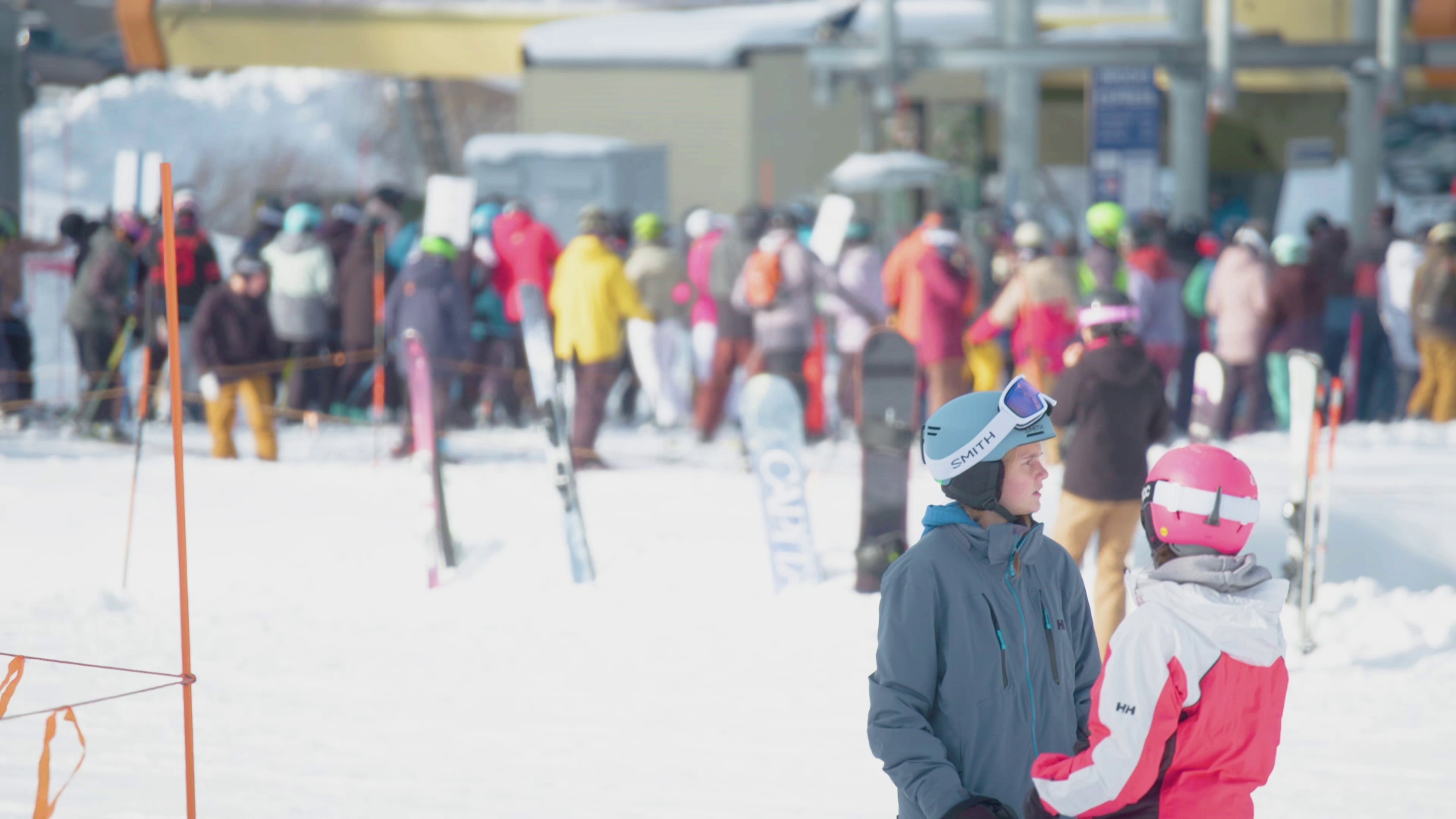Have you ever noticed that you just feel better when you're surrounded by something beautiful?
Kathryn Gustafson has spent her life creating beauty, and you’ve likely been touched by it. Her landscape architecture firm GGN, which is based in Seattle, was chosen to design the new National Museum for African American History and Culture.
It was a huge honor for Gustafson, whose work can be seen in landmarks in Seattle and throughout the world. The Princess Diana Memorial Fountain, the National Portrait Gallery in D.C. and the Gardens of Imagination in France, to name a few. But designing the massive space around the new African American Museum would mean a lasting legacy on the National Mall and more notably a role in telling an American story.
She and her partner, Rodrigo Abela, had to compete for the opportunity. They spent hundreds of hours developing their vision for the landscape on what would be the final museum on the National Mall.
Their firm, Gustafson Guthrie Nichol, has had a hand in changing the landscape of notable spots in Seattle: Seattle's City Hall, McCaw Hall and Lower Rainer Vista and the new Pedestrian Land Bridge. They smash together art, culture, and the environment, with the ultimate goal of simply making life better.
“When beauty touches you, you become more generous, you become more tolerant, you become a different member of society," Gustafson said.
After months of preparation for the African American museum project, public input on their designs and a vote put Gustafson and Abela on top.
“You're always surprised. You really work hard, and you hope you get selected, and when you get selected it's like YES!"
But as the last site to be built on the National Mall, the responsibility was real.
“It's a big burden to carry getting it right. We struggled," said Abela.
It took nine years to design and construct, and finally, on September 24, it opened.
Gustafson, Abela and the rest of the GGN team celebrated with a star-studded crowd.
The journey for the people this museum represents was given a voice.
The full scope of their work is still hard to see because of the barriers still needed to manage crowds. But as time passes, the story of hope, resiliency, and spirituality will break through.
In February during Black History Month, 400,000 blue toned crocuses will blanket the landscape. Blue is a color of protection in African American culture, and here, it symbolizes the arrival into a safe place.
“We wanted something that you are always crossing over, something to come to the museum.”
Everything here speaks, part of an American story woven into the landscape
Abela emigrated from Bolivia as a child. While teaching a class at UVA, Gustafson fell in love with his work and convinced him to move to Seattle. The rest, as they say, is history.
As for what's next for these two? A project in San Antonio and another in Hong Kong.



